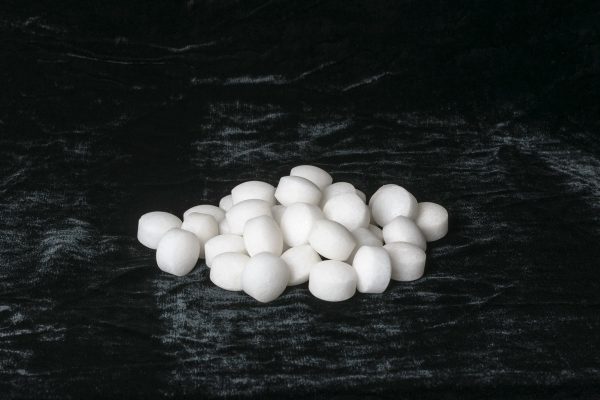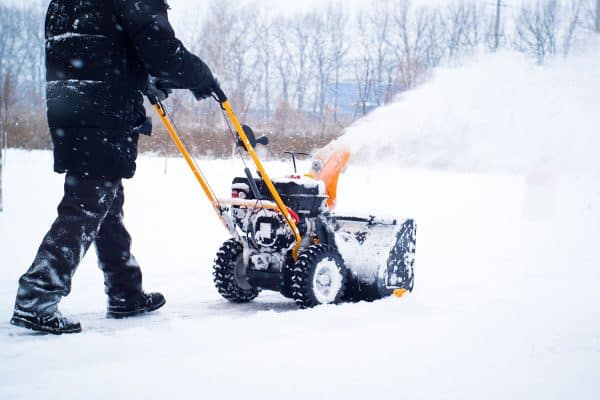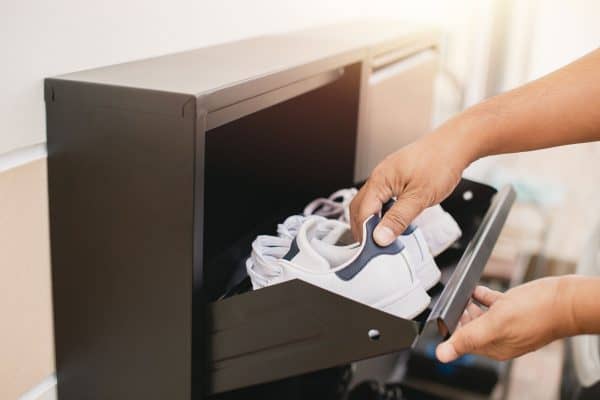You have a ton of screws and nails in your toolbox, but you're not quite sure which one to use for the job at hand to install shelves. There are many types of screws available, and each one has its own use. The best thing is we've compiled tips on what screws you could use for shelf brackets.
Shelf brackets are a common way to add shelves to a room. But to determine the best screws for shelf brackets, you should first consider:
- Head Type
- Size
- Material
Keep reading to learn the different screws that are commonly used for shelf brackets. Find out some tips on which ones to use for your project. So whether you're putting up a new bookshelf or fixing a broken shelf, read on for some helpful ideas.
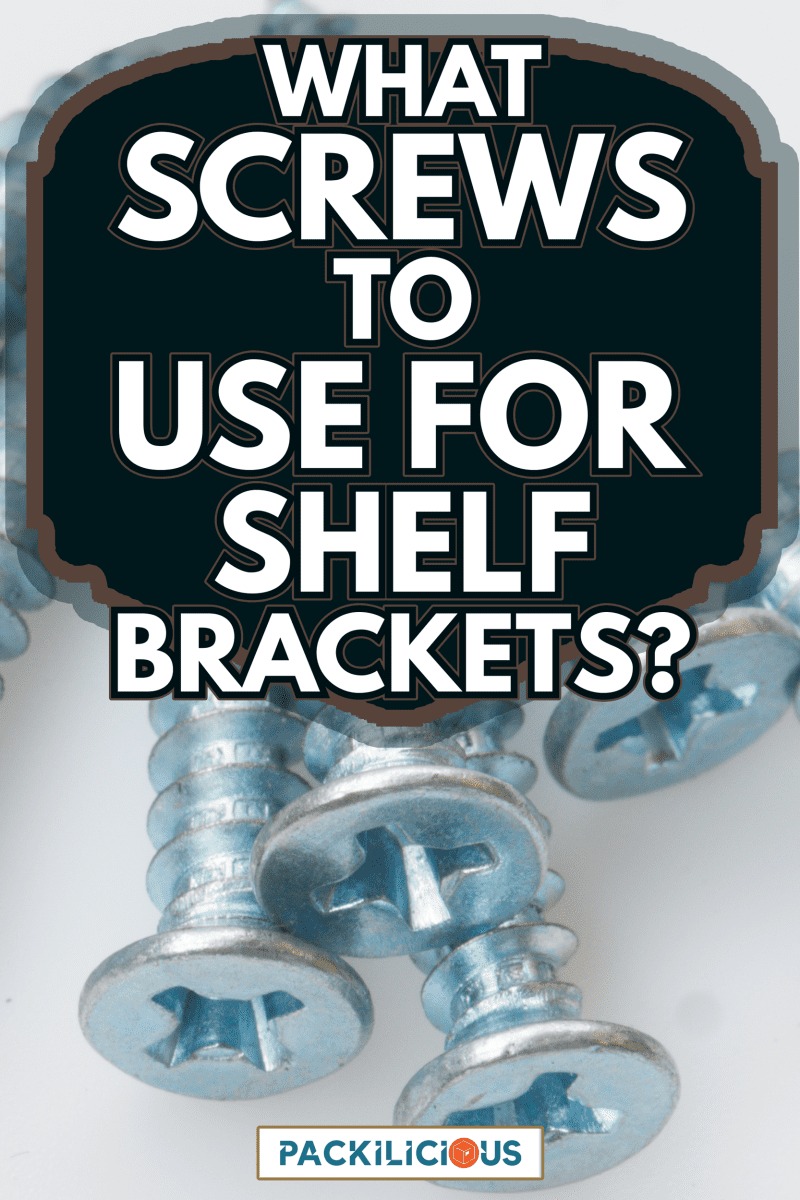
What Type Of Screws Should Be Used For Shelf Brackets?

When it comes to screws, there are a lot of choices. But if you're looking for the best screws to use for shelf brackets, there are three main factors you need to consider: head type, size, and material.
1. Head type
The different heads of screws used for shelf brackets serve different purposes. The most commonly used types are flat-pan and truss-head screws.
- Flat-pan screws have a smooth, flat top that is ideal for use on surfaces with tight tolerances, such as drywall.
- A slotted screw features a flat or oval-shaped head with one or more grooves running along the top edge.
- A Phillips screw is a very common screw for home and commercial projects. It has a rounded, X-shaped head that you insert and use on other hooks and brackets.
- Captive pan and drive screw heads are often used to ensure that the screw remains in place even when subjected to strong vibrations or jarring force.
- Truss-head screws have angled sides that make them easier to insert into tough materials, like timber or plywood.
- Other common screw heads include the Torx, hex, Robertson (square), and star.
Whether you require a flat or angled head, there is sure to be a screw type that perfectly suits the needs of your project. Each of these heads was designed to make it easier to fasten materials together safely and securely.
2. Size
Different types of shelves will require different kinds of screws depending on their size, making it essential that you choose the appropriate screw for your project. The screw should be long enough to go through the bracket and into the wall, but not so long that it sticks out on the other side.
- The smallest type of screw used with shelf brackets is typically referred to as an anchor bolt, as it anchors the arm of the bracket securely into place.
- Larger shelves will typically require screws with thicker threads and longer shafts, while smaller shelves can make use of smaller screws with thinner threads and shorter shafts.
For shelf brackets, the most common screw sizes are #6, #8, and #10. The number denotes the diameter of the screw, with #6 being the smallest and #10 being the largest. See other details below:
- #8 screws: Light duty applications such as attaching shelves to drywall
- #10 screws: Medium duty applications such as attaching shelves to studs or Plywood
- #12 screws: Heavy-duty applications such as attaching shelves to concrete or brick
When selecting a screw size, it is important to consider the weight of the shelf and the type of wall material. In general, you'll want to use a #8 screw for most applications.
But, if you're attaching the bracket to a particularly thick piece of wood or metal, you may need to go up to a #12 or #14. Conversely, a #6 screw may be sufficient if you're working with thinner material.
If you are unsure what size Screw to use, always err on the side of a larger size. It is easier to remove and replace a larger screw than it is to repair a stripped hole caused by a smaller screw.
3. Material
Choose a material that will match the brackets. The most popular materials include wood, metal, and plastic.
Wood Screws
Wooden screws are the traditional choice for shelf brackets, and they offer a classic look. But, wood is not as strong as some other materials and it can be difficult to work with. It is also susceptible to moisture damage, so it is not the best choice for use in humid areas.
Metal Screws
Metal screws are a more modern option, and they offer good strength and durability. But, metal screws are not very visually appealing and difficult to install. In addition, metal screws can rust over time, so they may not be the best choice for use in moist or humid environments.
Plastic Screws
Plastic screws are a popular choice for shelf brackets because they offer good strength and durability while also being easy to work with. Yet, plastic screws can be less visually appealing and not as strong as metal screws. Also, they can become brittle over time and may break if they are subjected to too much weight.
But always consider the brackets you are using to match the perfect screw material.
For example, if the brackets are made of plastic, it's best to use a plastic screw. If you are hanging a heavy shelf, you will need to use large screws that are made of a strong material such as steel. If you are hanging a lighter shelf, you can get away with using smaller screws made of a less sturdy material such as aluminum.
With these factors in mind, you should be able to choose the perfect screw for your shelf brackets.
Should The Screws Be Self-tapping Or Do You Need To Self-drill The Holes?
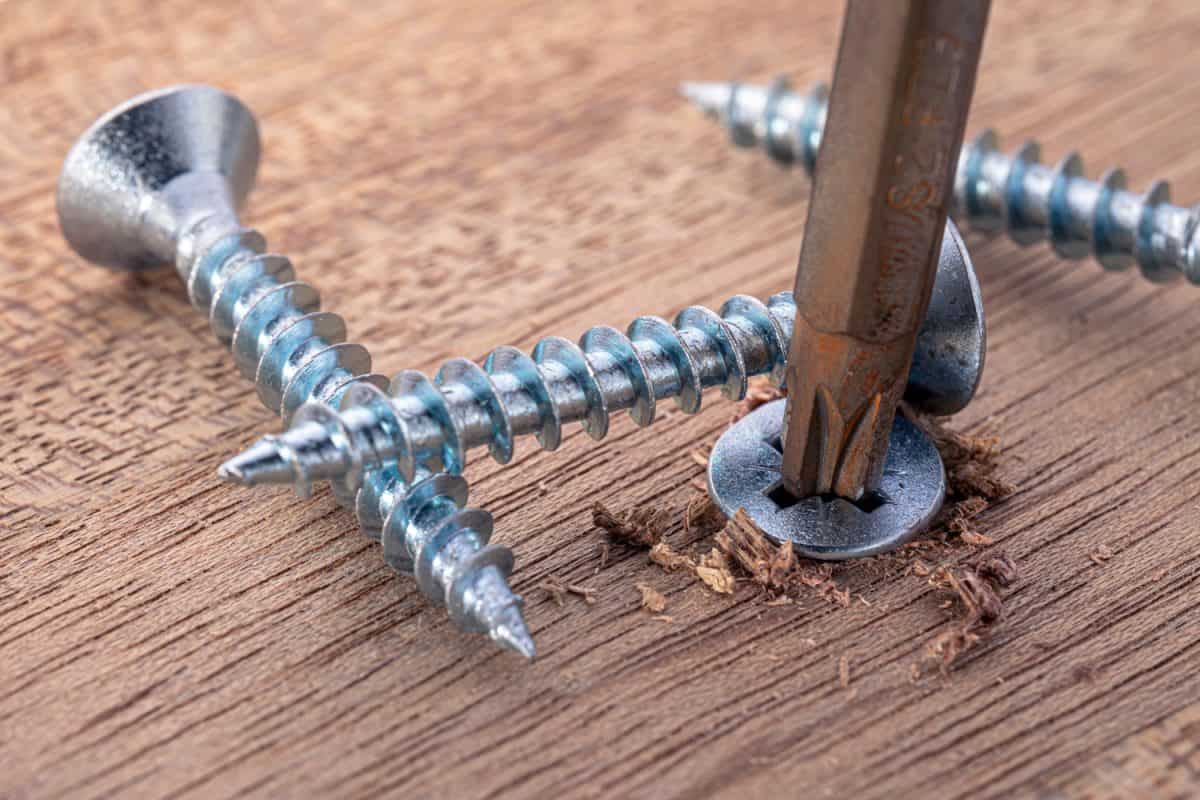
For hanging shelf brackets, there are two main types of screws: self-tapping and self-drilling.
- Self-tapping screws are designed to thread their way into the material, creating their own tapping action as they go. This can be useful when working with softer materials like wood, particleboard, and certain plastics.
- Self-drilling screws have a sharp tip that enables them to drill their own hole as they are driven into the material. This is often the best choice for harder materials like metal or concrete.
When deciding which type of screw to use, it is important to consider the material of the shelf bracket and the surface it will be mounted on. For soft materials like aluminum or plastic, self-tapping screws will likely provide a stronger hold. For harder materials like steel or concrete, self-drilling screws may be a better option.
In general, it is best to use self-tapping screws as they are less likely to cause damage to the material. However, if you are working with a hard material, self-drilling screws may be your best option.
But remember, the best way to determine which type of screw is best suited for the job is to consult with a qualified contractor or hardware store employee.
How Deep Should The Screws Be Inserted Into The Shelf Bracket?
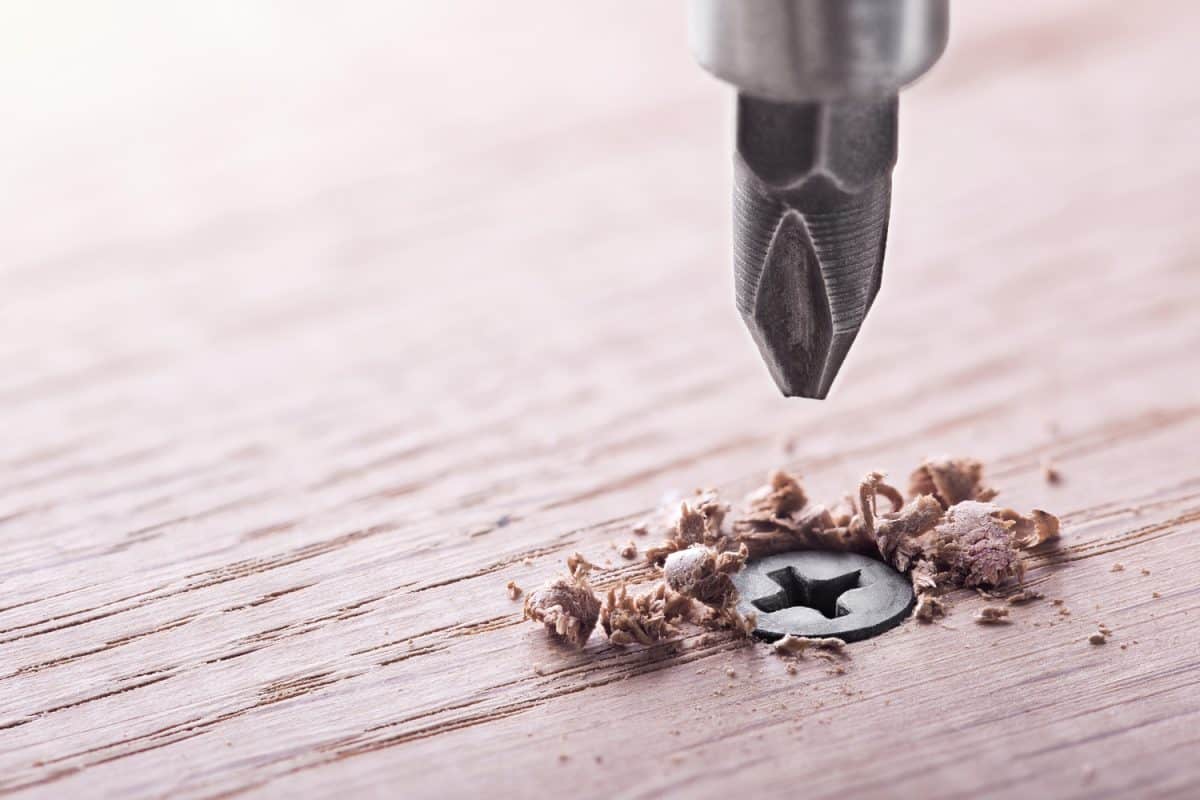
When hanging a shelf, it is important to use the proper hardware to ensure that the shelf is securely attached to the wall.
Shelf brackets typically have two holes for screws, and you should insert the screws into the wall at a depth that corresponds to the length of the screws.
For example, if the screws are two inches long, insert them into the wall at a depth of two inches. This will ensure that you securely anchored the screws in the wall and that the shelf bracket is properly supported.
Failure to insert the screws at the proper depth could result in the shelf becoming loose or falling off of the wall, which could cause damage to the shelf or injuries to anyone who is in the vicinity.
How Do You Ensure Your Shelves Are Secure And Won't Wobble?
There are several steps that you can take to ensure that your shelves are stable and secure.
- First, it is important to choose the right type of shelf for your needs. For example, if you are planning on putting heavy items like books or canned goods on your shelf, you will want to invest in a sturdy and well-constructed model.
- Next, make sure that any wall studs in the vicinity are securely fastened to the wall with screws or nails.
- Additionally, you might add other supports to help anchor your shelves, such as L-brackets or extra screws at each corner.
What Are The Types Of Shelf Brackets?
Before deciding on which screws to use, you can choose from different shelf brackets perfect for your home interiors.
Angle Brackets
Angle Brackets are easy to install and can be used for both floating shelves and traditional bookshelves. But the best part about angle brackets is that they're great for displaying photos, art, and collectibles.
Lip Bracket
Lip brackets are simple devices mounted underneath the shelves, and they help to distribute the weight evenly. In addition, lip brackets can also be used to hold larger items, such as vases and picture frames.
Pipe Shelf Brackets
Check pipe brackets on Amazon.
Pipe shelf brackets add an industrial touch to any shelving unit. But beyond their good looks, they're also incredibly sturdy and versatile. And because they come in a variety of sizes and finishes, it's easy to find the perfect set for your space.
Wood Shelf Brackets
View wood shelf brackets on Amazon.
Not only are they attractive, but wood shelf brackets are also very functional. They even come in a variety of sizes and styles, so you should be able to find a set that will fit your needs perfectly.
Folding Shelf Brackets
Check folding shelf brackets on Amazon.
Folding shelf brackets are strong, they're easy to use, and they don't take up much space when not in use. And when you're done using them, you can simply fold them up and put them away until next time.
Final Thoughts
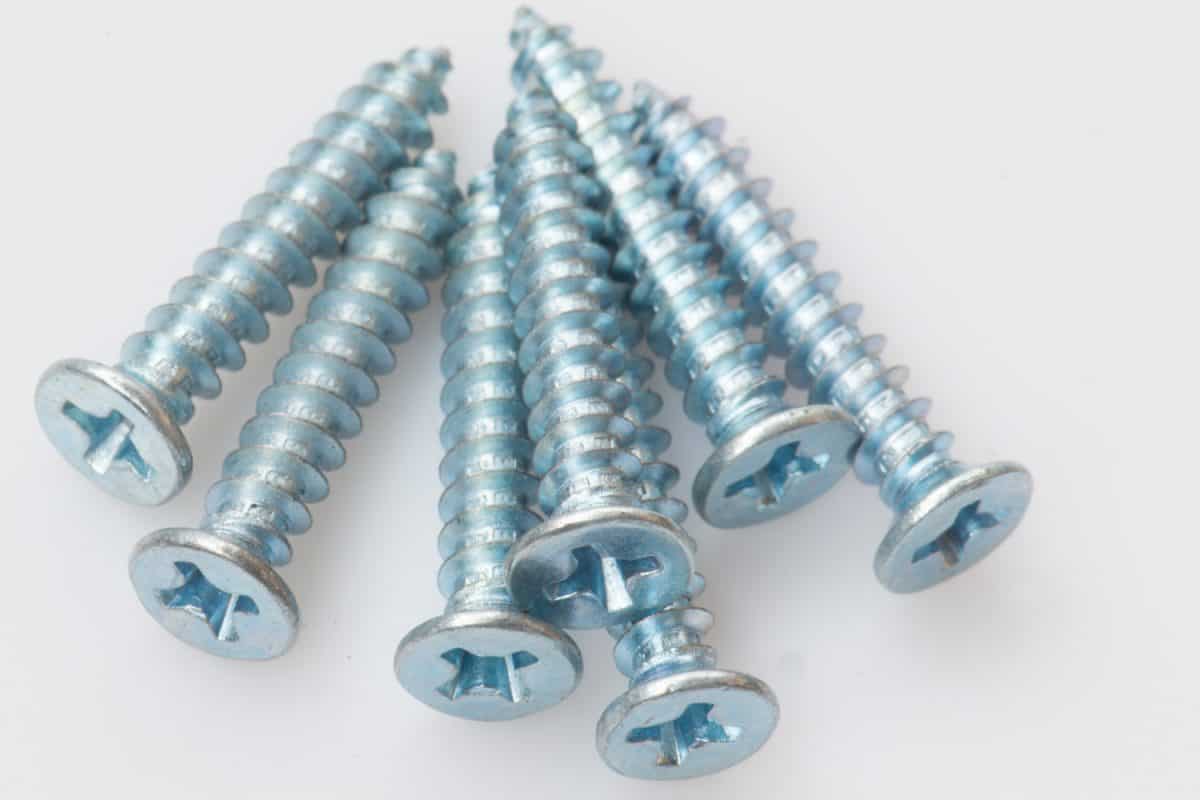
So, what screws should you use for shelf brackets? The answer highly depends on the head type, size, and materials suitable for your shelf brackets. So, before deciding, observe and review your home and see how you can improve your interiors.
To learn more tips on organizing your place, check our posts below:
What To Do With Old Storage Bins [15 Exceptional Ideas!]






